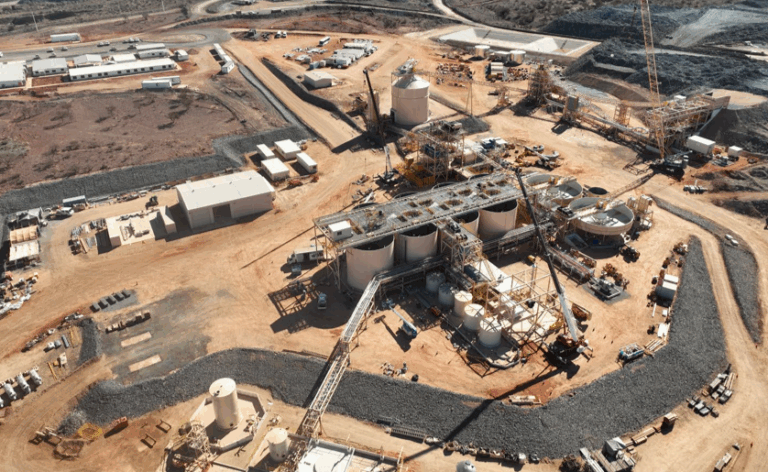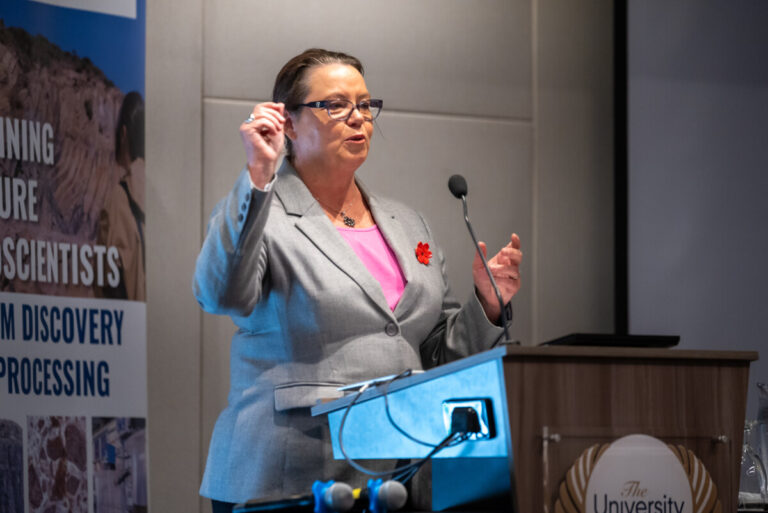
Glencore’s Jameson Cell, one of the most effective, flexible and high performing flotation technologies in the world, remains at the forefront of froth flotation innovation.
The Jameson Cell was developed in 1985 when Mount Isa Mines asked Professor Graeme Jameson to improve flotation performance in their zinc circuit. His breakthrough — the downcomer — showed that effective particle recovery occurred in an intense mixing zone, leading to the creation of a compact, high-efficiency flotation cell.
Over the next 40 years, the Jameson Cell underwent continuous improvement. Key milestones included the introduction of the External Recycle Mechanism (ERM) in the 1990’s, which fundamentally improved the process stability.
In 2007, Glencore Technology, in conjunction with Professor Jameson, conducted a series of internal trade-offs between the Jameson Cell and the Concorde Cell, with the hope of further improving fine bubble recovery. The evaluation revealed that the Concorde Cell delivered lower performance and, when coupled with operational complexity, had higher capital and operating costs. The Concorde Cell was not pursued and returned to Professor Jameson. This decision reaffirmed Glencore Technology’s commitment to the Jameson Cell for decades to come.
As the capacity of the Jameson Cell’s has increased to about 4000tph, a recent lower-profile configuration was adopted, which doesn’t compromise on performance or functionality, but significantly reduces installation costs.
Now, with more than 500 installations across 30 countries, the Jameson Cell continues to deliver unmatched performance and reliability.
Unlike conventional cells, the Jameson Cell generates fine bubbles consistently without the need for external equipment blower or spargers. This ensures optimal particle-bubble contact and recovery with a lower capital cost. Its intense mixing and rapid flotation occur without mechanical agitation, delivering superior energy efficiency and significantly lower operating costs.
Glencore Technology Jameson Cell technology manager Adam Price says it consistently delivers improved performance whilst providing huge saving on both OPEX and CAPEX.
“There is a reason they are so widespread,” he said.
Compact yet powerful, the Jameson Cell achieves high throughput in a remarkably small footprint, while froth washing maximises concentrate grade in a single flotation stage.
“The James Cell punches well above its weight,” Mr Price said.
“High throughput, great grades and simple to run. No moving parts, no fuss, just reliable performance no matter the conditions. It’s a smarter investment from day one.”
The Jameson Cell has remained firmly at the top, outperforming newer technologies and reinforcing its position as the industry’s most effective flotation solution.
While newer technologies emerge as alternative options, they remain far less proven, with very few full-scale installations compared to the Jameson Cell’s 500 and counting.
A recent independent study by Ausenco confirmed that the Jameson Concentrator — a complete flotation circuit built entirely with Jameson Cells — was a more cost-effective and sustainable flowsheet compared to tank cell flotation circuits. The Jameson Concentrator achieved a 24% lower installed capital cost compared to tank cells, driven by its compact footprint and significantly reduced structural requirements. Costs were nearly half, with power consumption and consumables drastically reduced due to the simplified, no-moving parts design.
From an environmental standpoint, the Jameson Cell also leads by example. The study found that the Jameson Concentrator produces 40% fewer operational carbon emissions and uses half the concentrate and one-third the steel during construction, making it a clear ESG front-runner. Over a 15-year mine life, the cumulative emissions from a Jameson Cell plant are significantly lower than those of a conventional setup — helping operations meet sustainability targets without compromising performance.
Glencore Technology growth and solutions director Glenn Stieper says the Jameson Cell is in a unique phase.
“It has 40 years of refinement behind it, yet we’re still uncovering its full potential across flowsheets and commodities,” he said.
“Recently, we’ve seen outstanding results in PGMs, reverse silica in iron ore and as a full circuit solution with the Jameson Concentrator.
“It’s personally rewarding to know we’re driving the industry to innovate — pushing for lower energy, lower cost and higher performance solutions that help tackle the global challenges mining companies face today.”







